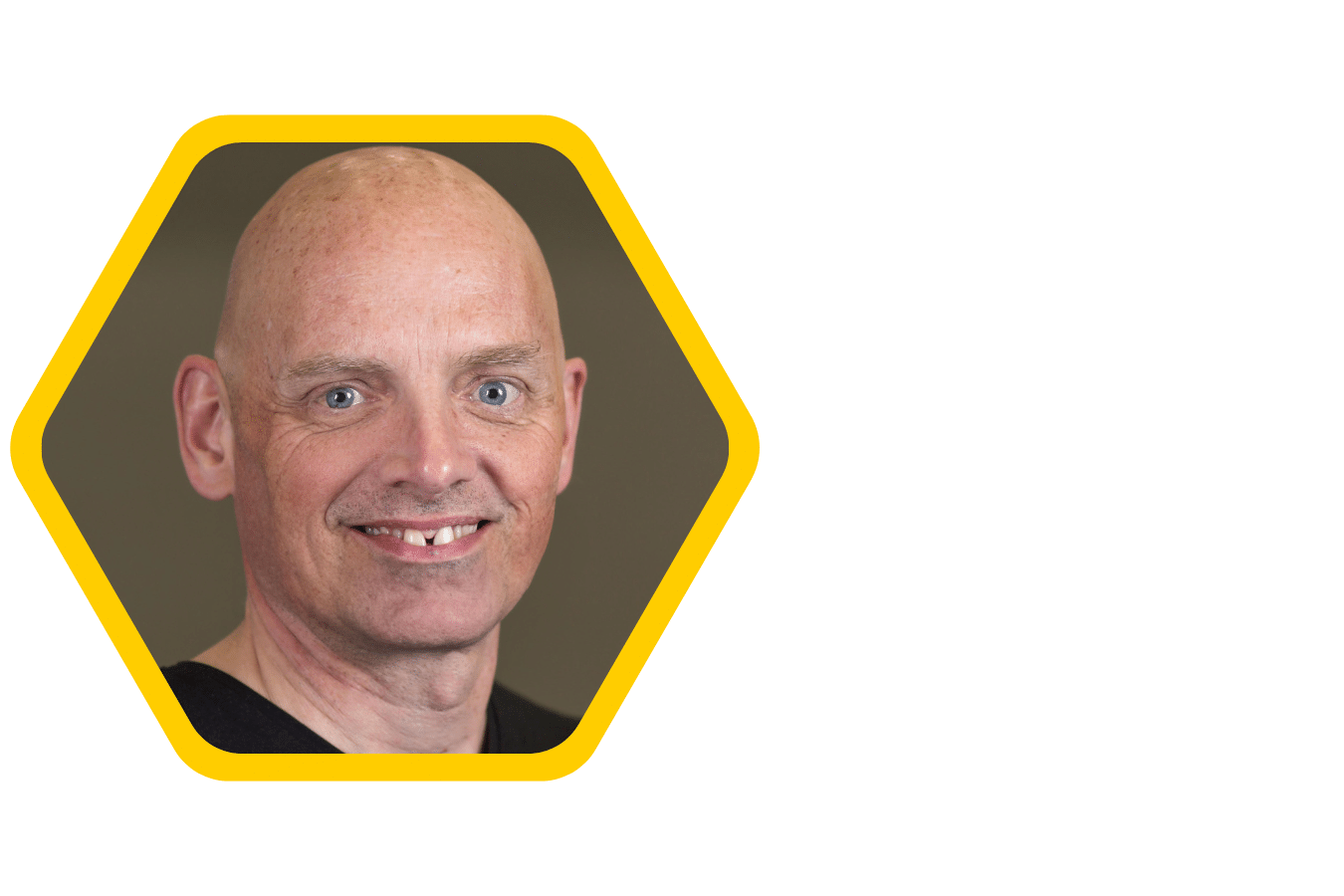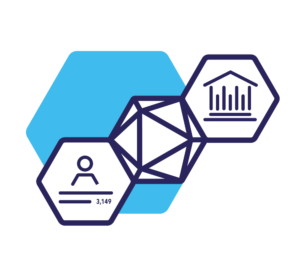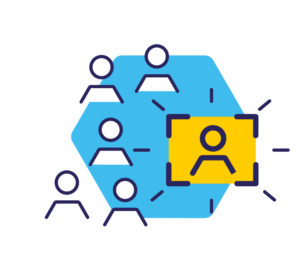Bob Schijvenaars, Senior Vice President Technology

“I’m quite a curious, inquisitive guy and this job lets me follow my curiosity and use it for the benefit of our customers.”

What’s your educational background?
I went to university in 1984 to study astronomy. Back then it was mostly about computers; there was some telescope and observation work, but also a lot of modelling numerical computations. I liked that a lot, so after three or four years I switched to informatics and computer science for my Master’s.
After that I started doing a PhD in Medical Informatics at Erasmus University, researching the intra-individual variability of the electrocardiogram. That’s where I came into contact with machine learning, pattern recognition, signal processing and so on. I helped to build an expert system to interpret electrocardiograms that turned out to be just as accurate as the average cardiologist; it was one of the very first applications in the medical field that was able to compete with human experts.
What’s your career history and how does it influence your current role?
I began my career at a Dutch Natural Language Processing start-up called Collexis which merged after a few years with a company founded by Martin Schmidt and Mario Diwersy (who are now Digital Science’s Head of Innovation and Chief Technology Officer). This start-up was creating semantic search and knowledge discovery software, and I became responsible for the research and development of the Collexis NLP engine and its application in Information Retrieval. I was the company’s Chief Scientific Officer when it was in turn acquired by Elsevier, where I worked for nine years and became Director of Search and Data Science, managing components of Scopus, Scival, and Mendeley.
Then in 2019 I rejoined my former colleagues at Digital Science, to build up our corporate consultancy service creating bespoke solutions for companies. This involves a lot of AI and data science, and of course my medical informatics background comes in really handy when I’m working with pharmaceutical companies like Pfizer.
What’s a great project you’ve worked on for a customer?
One of my longest-running projects is to do with treatments for prostate cancer. It’s a disease that’s generally treated in a sequential manner – in other words, when the oncologist has tried drug A and it’s no longer working, they need to try something else.
But the issue is knowing whether it will be most effective to try drug B next, or drug C or drug D. And finding this information is very hard. First off, there’s just so much literature – and secondly, when you search, you find that people have written in very different ways about how they approached sequencing treatment. It’s almost impossible to catch all the possible variations using normal search methods.
So we applied Natural Language Processing (NLP) to find temporal relationships between treatments and then use them in searches, however they’re described. Even though we started in a very simplistic way, we saw quite an improvement compared with regular search. And as this long-running project has gone on, we’ve been able to be more ambitious. Now, users can search the full text of scientific documents for a specific treatment sequence, pull out the publications that report its use, and filter their searches with criteria like the level of evidence and type of outcome.
We worked very closely with our customer on this project: weekly catch-up meetings, lots of collaboration and iterative development that continually improved the product. Key opinion leaders in prostate cancer were involved, too.
It’s all about helping clinicians find the right treatments for prostate cancer patients, and making patients better-informed too. And every time we reach one of our intermediate goals, we move the next goal further down the road; we just get more and more ambitious over time.
What do you love about your job?
I love the research part of it. I’m quite a curious, inquisitive guy and this job lets me follow my curiosity and use it for the benefit of our customers. The other thing I really love is the collaboration between colleagues. People are very open and they go out of your way to help you out if you have problems. I like that a lot.
I also admire the engineering here, even though I’m pretty critical and quick to point out issues. Compared with other places I’ve worked, the back office is designed to process data quickly and efficiently and I found that impressive when I got here.

Fun fact that people might not know about you?
I asked my wife if she could think of a fun fact about me, and rather worryingly she said no. So I had to come up with my own, which is that for the last 25 years I’ve been an avid ballroom dancer. It’s fun, and I like the fact that I can probably keep doing it until I’m pretty old!
If you could have a superpower, what would it be and why?
Mind-reading. I’d love that. That’s a superpower you can use to help people any time, anywhere. If you know the underlying reasons why people say the things they say or do the things they do, you can understand them much better.
What is the one emoji that you overuse? And if you could create a new one, what would it be?
I use the smiley emoji a lot. But I’d also like someone to create a face with a lightbulb that I could use whenever I have a good idea.
